 Kevin Whipps
.
December 28, 2018
.
C10 Builders Guide
Kevin Whipps
.
December 28, 2018
.
C10 Builders Guide
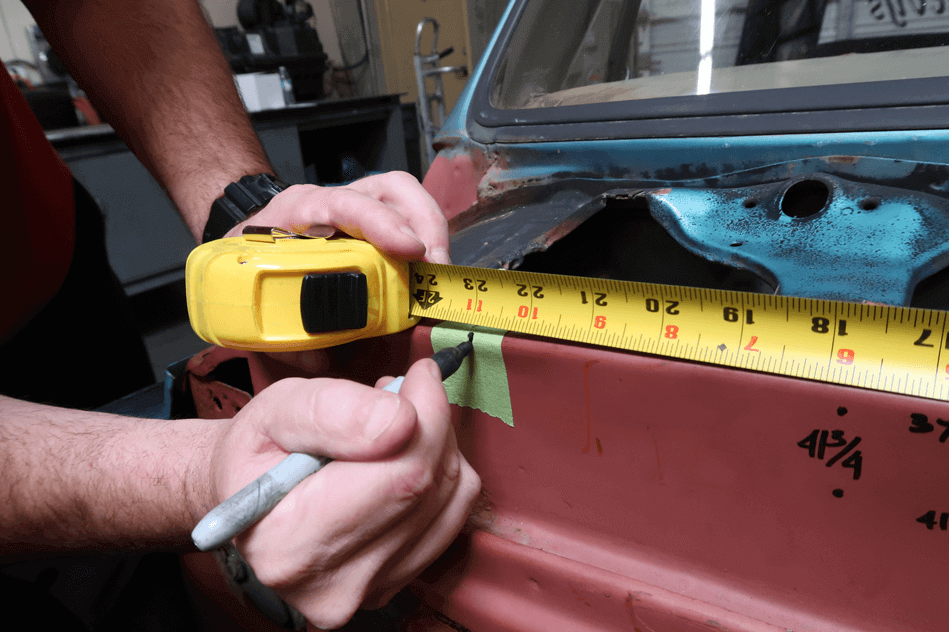
People have been laying out C-10s for decades now. Once large diameter wheels came into play, a problem came up: the hood hinges. The stock hood hinges on a 1967-72 Chevrolet truck are huge. They mount to the fenders, the springs are big and—here’s the rub—they get in the way of those big rollers. So how do you fix the issue?
The fine folks at Switch Suspension in Phoenix have a solution. They came up with a set of hood hinges that mount inside the cowl that not only give the hood a place to pivot, but also include shocks to keep the hood up. Although the kit does involve some welding and cutting, it’s still super easy to do, and can be accomplished in just a few hours.
Don’t believe us? Follow along for yourself and find out.
SOURCE:
Switch Suspension
800.928.1984
Switchsuspension.com
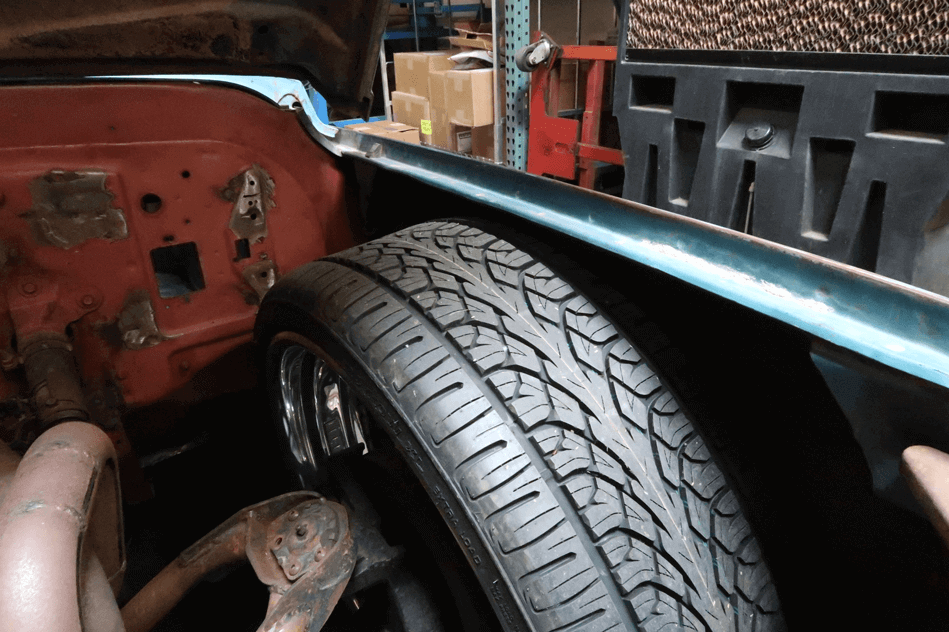
Here’s the problem. The truck in question is a ’70 C-10 with 24-inch wheels. It lays hard, but the owner hasn’t had hood hinges for years (it’s not a driver). That problem will be solved soon.
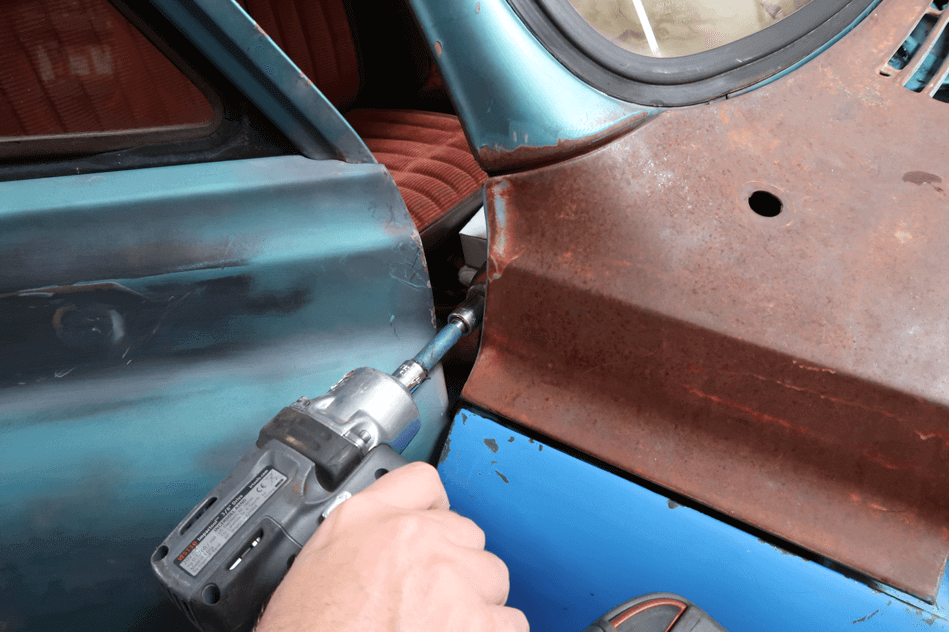
The process begins by removing the cowl. There are a few bolts located on the firewall, and one in each door jamb. You’ll also have to remove the windshield wipers, but this truck came to Switch without them installed.
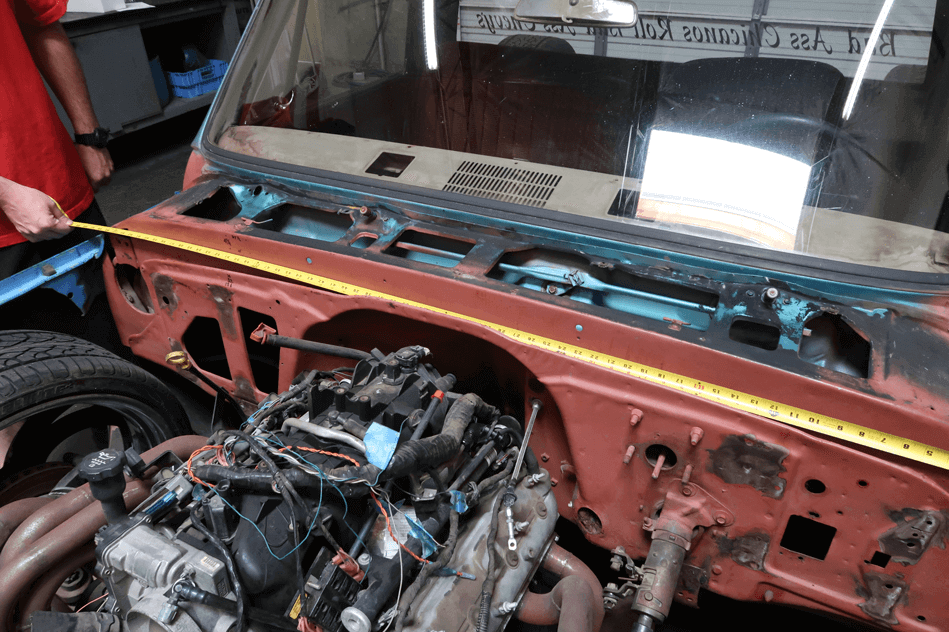
With the cowl out of the way, Seth measures the top of the firewall to determine the location of the centerline. Once he finds it, he places some blue painter’s tape down and marks it with a Sharpie.

Measuring off the centerline, he pulls the tape out again to go 23 inches out on each side, and marks it accordingly.
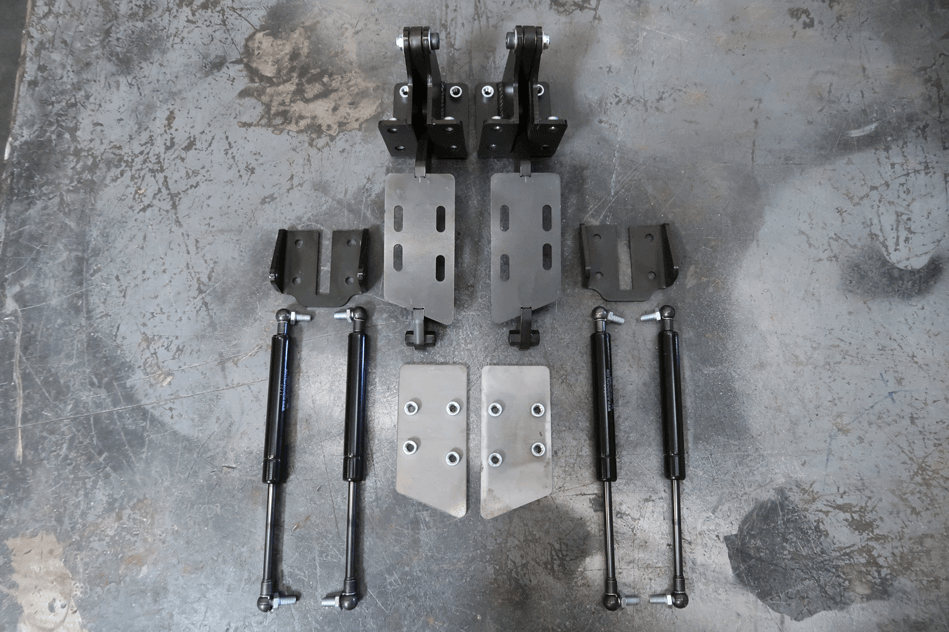
Here’s the Switch Suspension kit. It includes everything you’ll need to get the kit installed, including the hardware, which is not pictured.
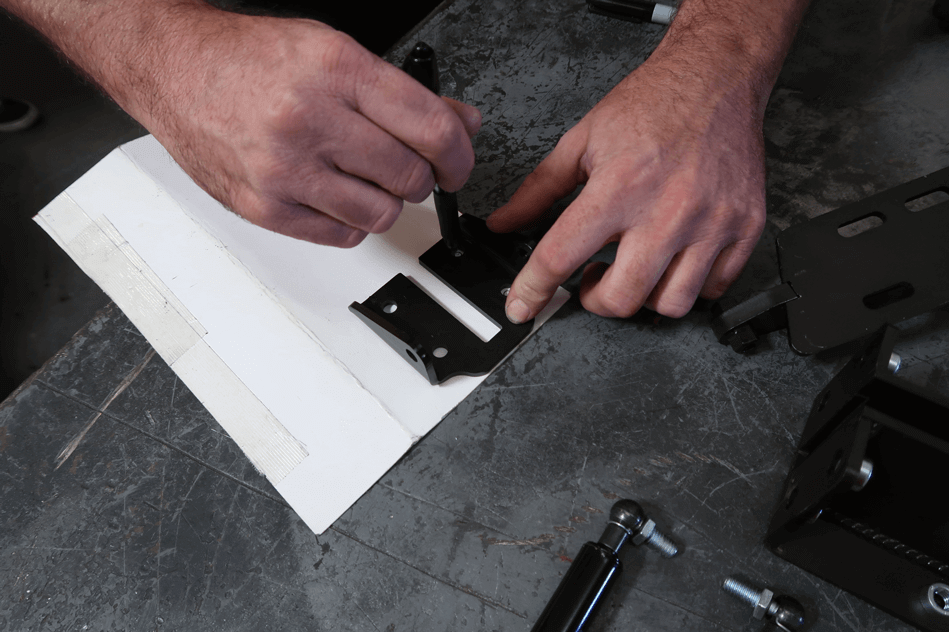
Using a piece of card stock, Jason from Switch traces the outline of the hinge-mounting plate. Then he cuts it out with scissors.
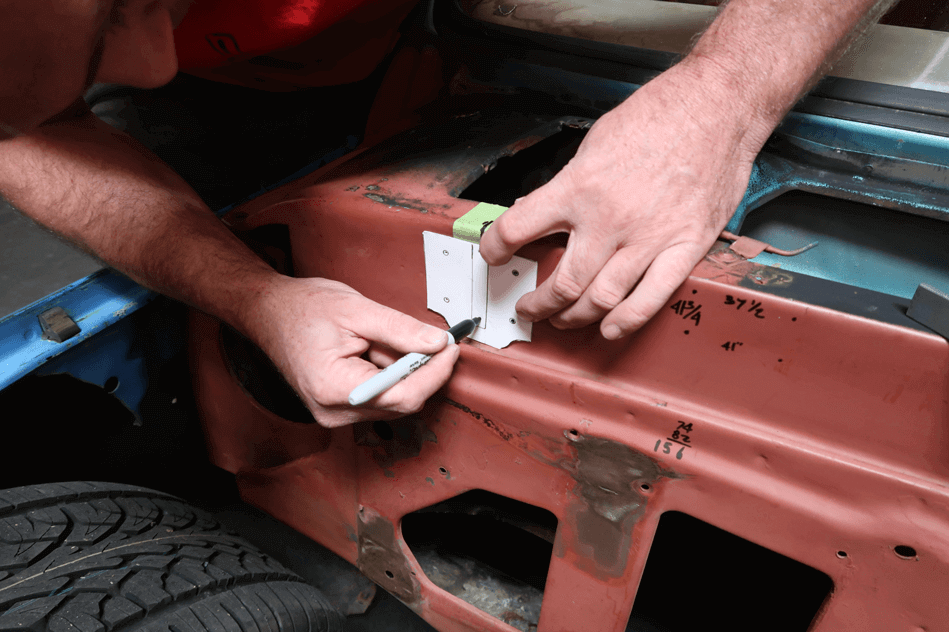
With the template on the firewall, he lines up the points with the marks on the tape and places marks on the firewall so he knows where to cut and drill.
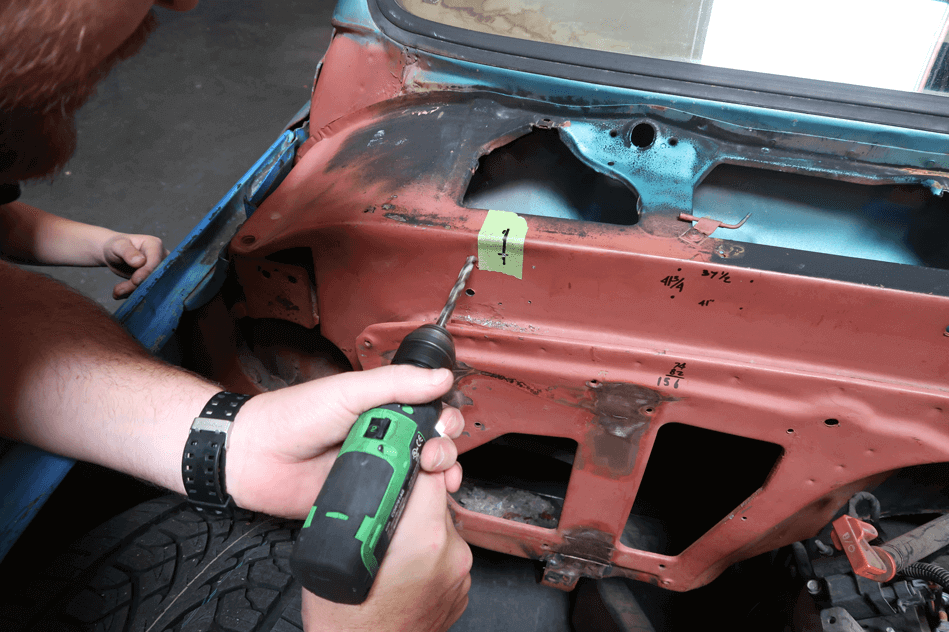
The holes are drilled out using progressively larger bits until everything is ready to go.
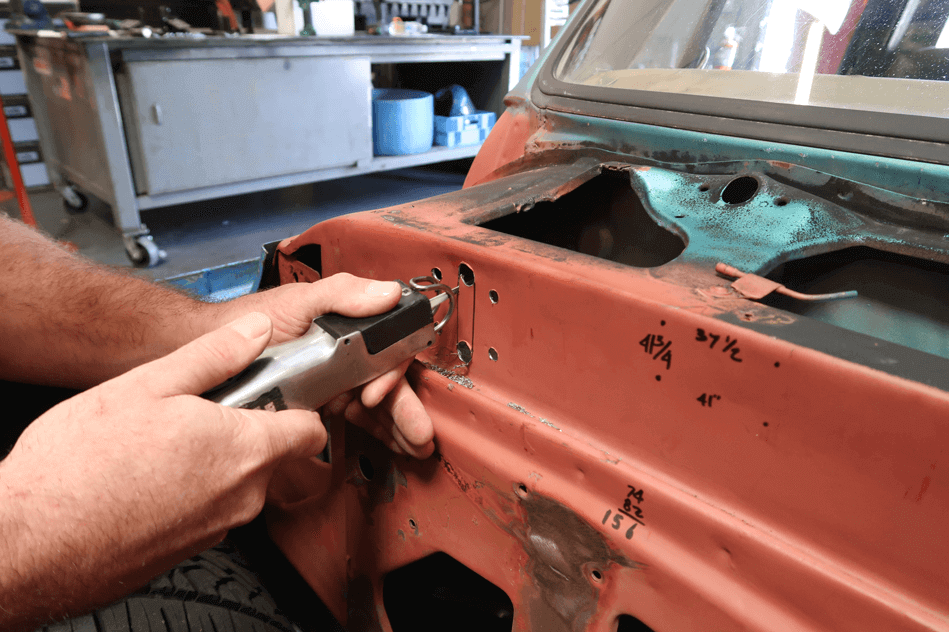
The center slot is up next, and an air saw makes easy work of the job. This point is where the hinge will come through the firewall.
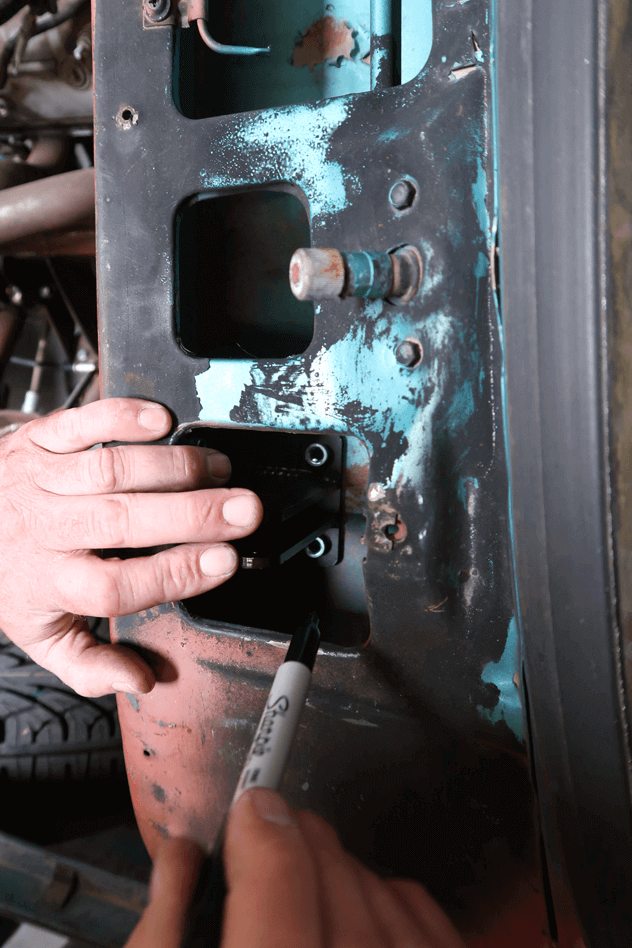
The hinge bracket is put into the cowl, and the lower mounting holes are marked with a Sharpie.
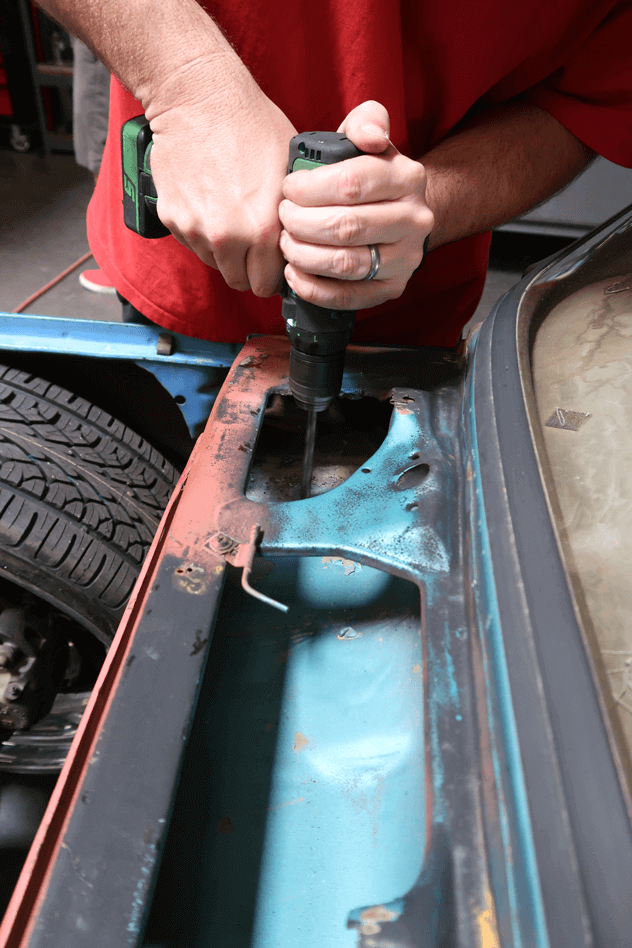
Those holes are drilled using the same process as the rest.
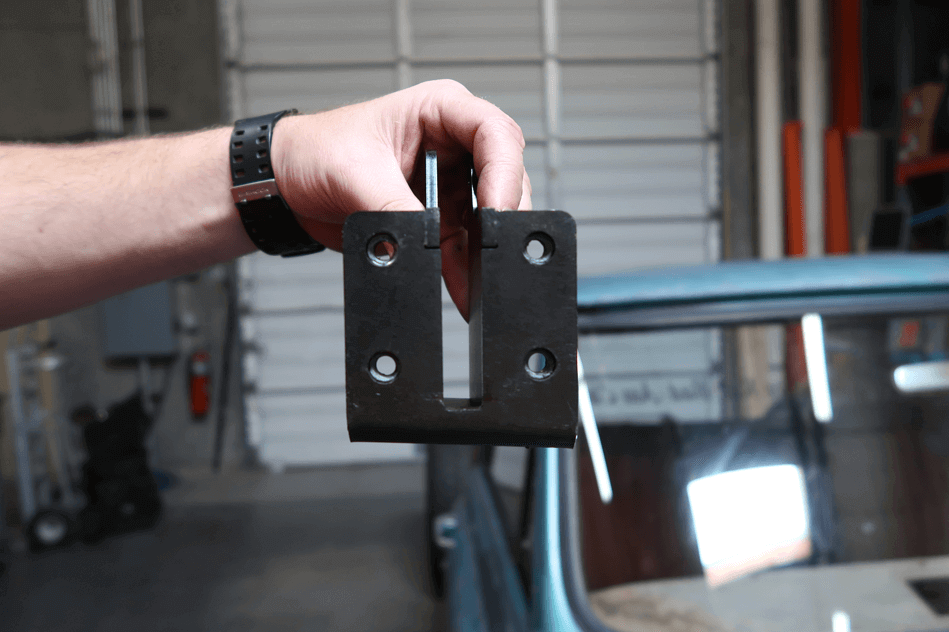
It’s subtle, but these hinges are side-specific. This one, for example, would go on the driver’s side, where the inside of the cowl rolls toward the outside.
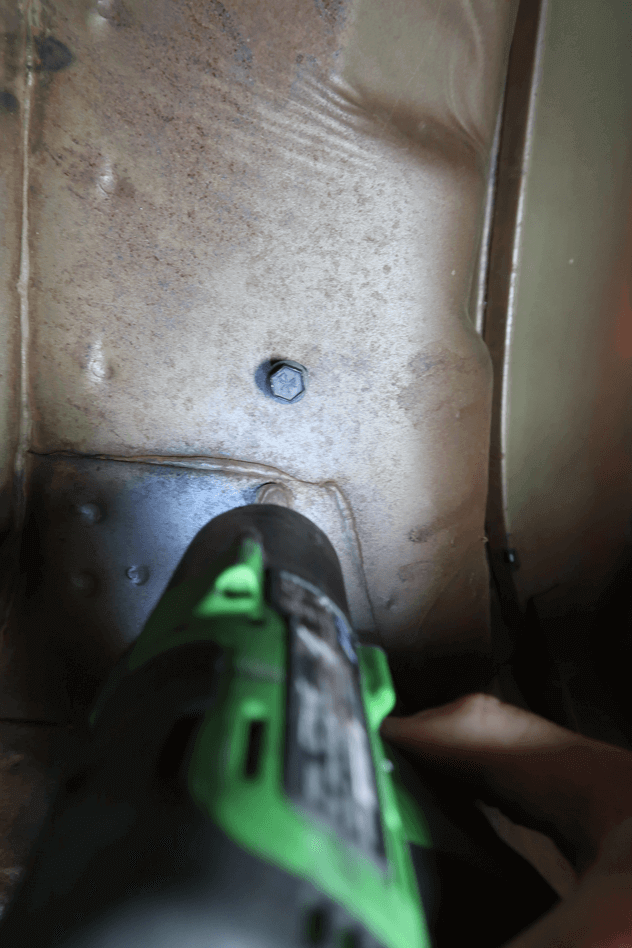
The bracket is bolted in place. There are two bolts that go in under the dash, and then the remaining four go on the firewall, with the shock-mounting bracket in there for good measure.
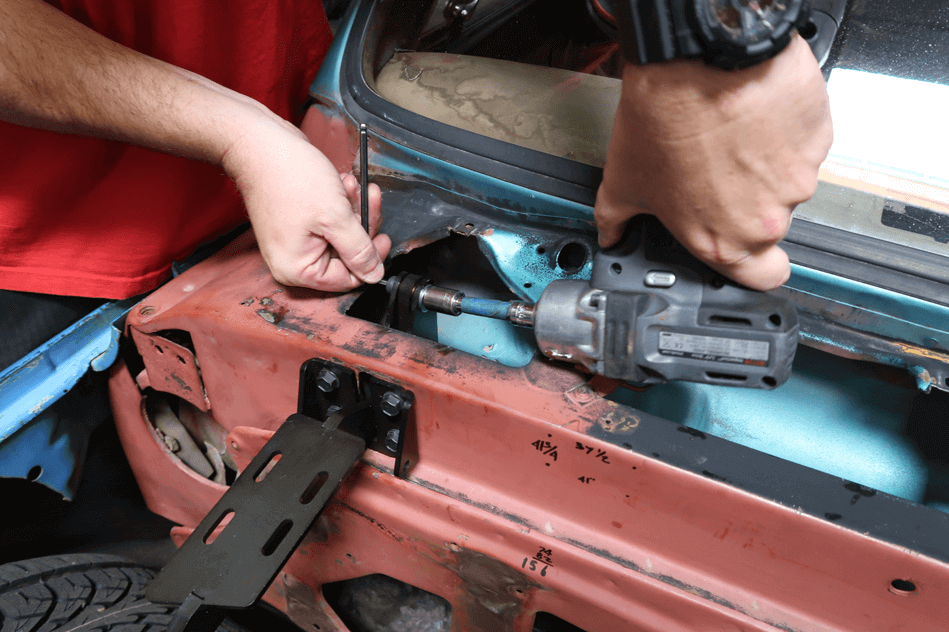
At this point, you can see the hinge bracket mounted in place as it’s tightened down. This is a good time to test-fit everything to be sure it functions correctly.
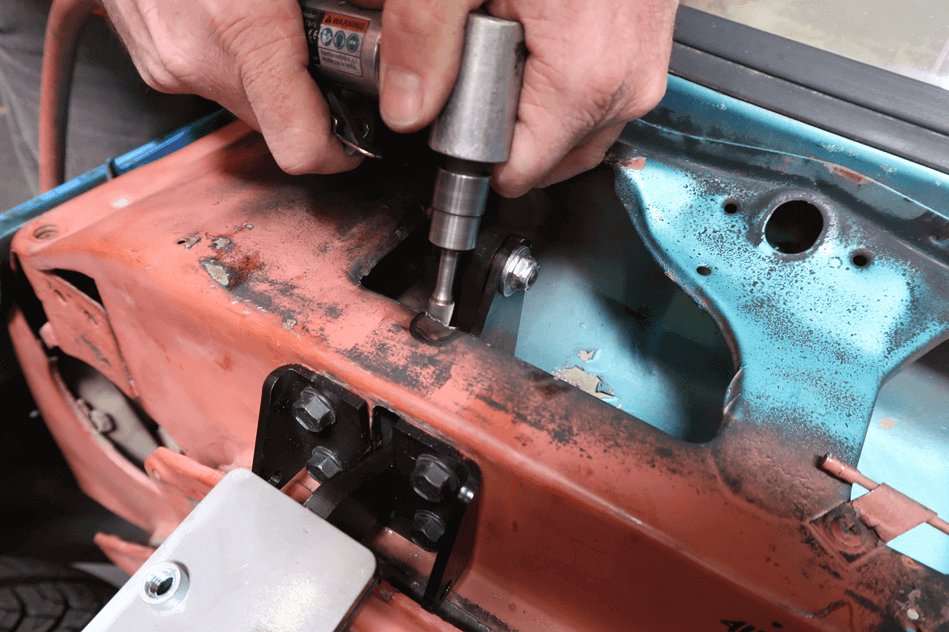
To get just a bit more clearance, you’ll want to notch the top of the core support using a grinder. You don’t have to do much, maybe 1/16 inch, but it helps.
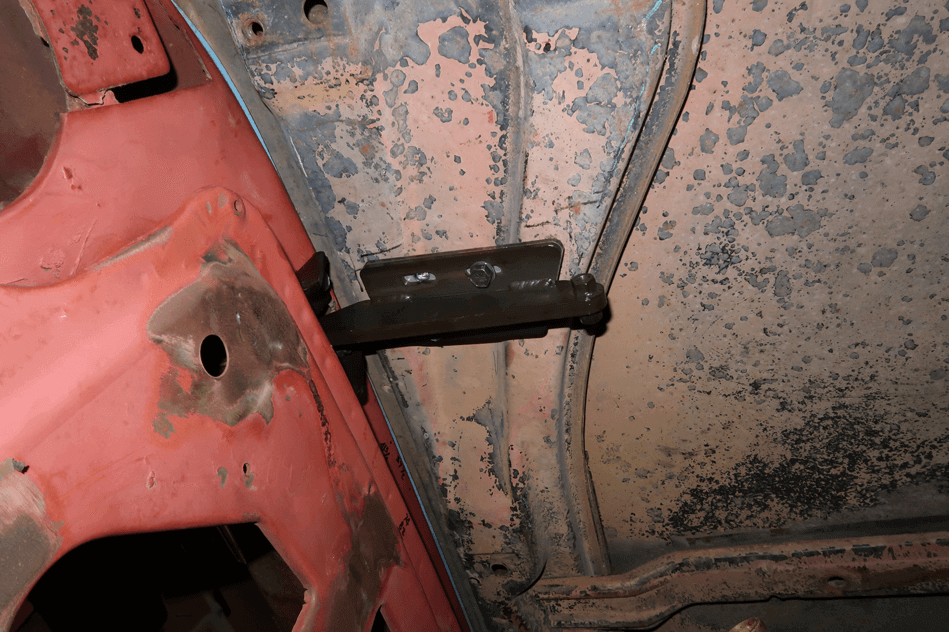
With the hood back on and roughly gapped, the perimeter of the mounting bracket is traced with a marker.
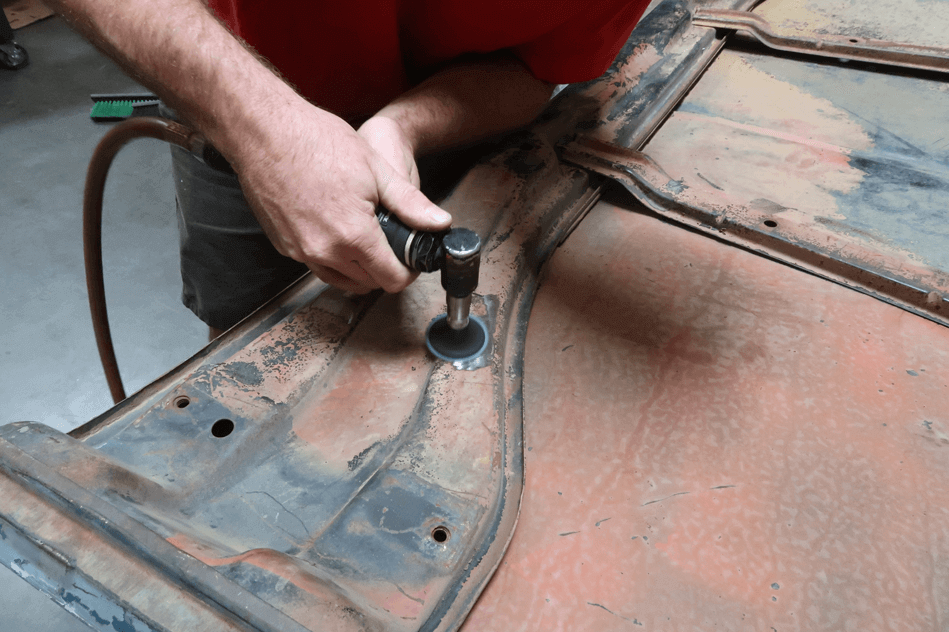
Jason grinds down the factory paint so that he can weld the plates in place. You can either do that now with the hood upside-down, basing everything on your measurements, or place the plates on the hinges and weld them in with the hood on the truck.
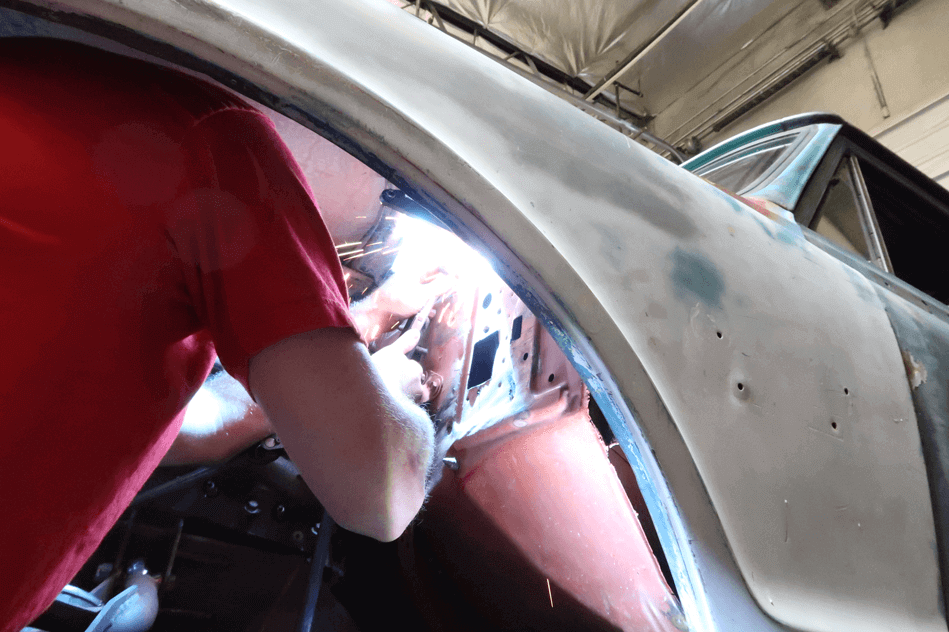
The guys opted for the latter option, so Jason tacks the plates to the hood using a welder.
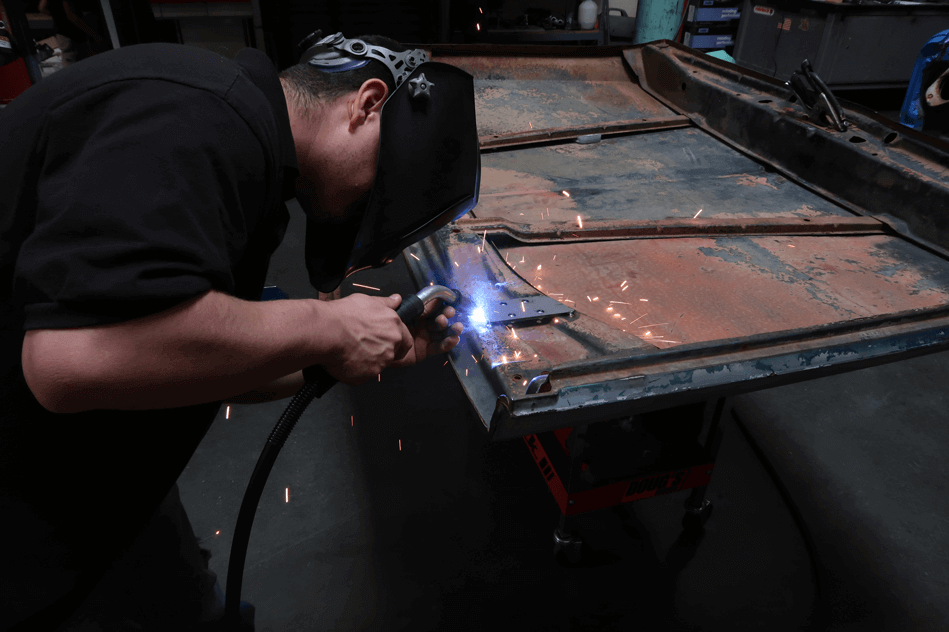
With the hood back off for the last time, the owner of the truck—Anthony, who is also the owner of Phoenix Kustoms—burns the plates in place.
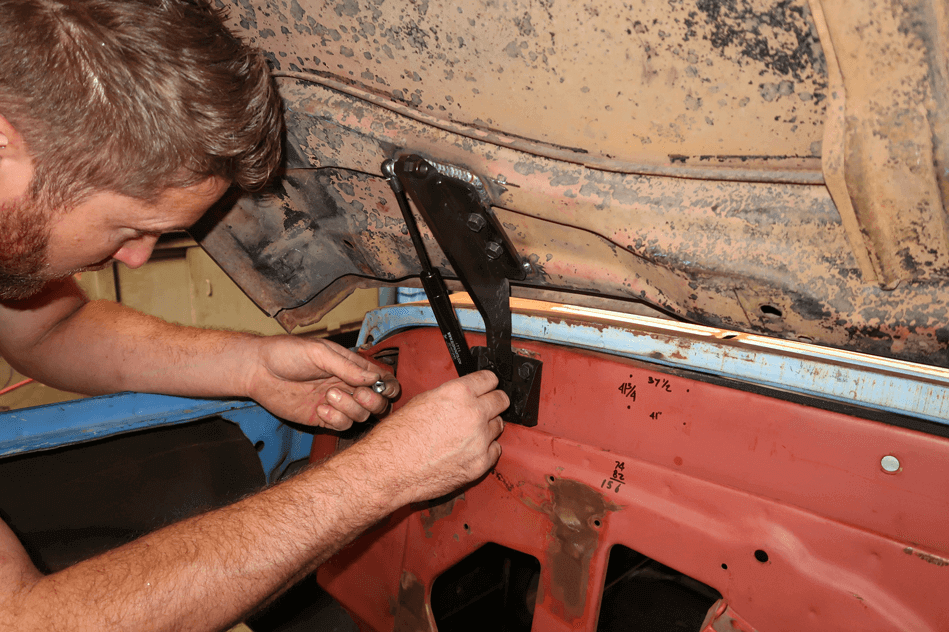
Once the hood is back on, Jason bolts it in place and installs the shocks.
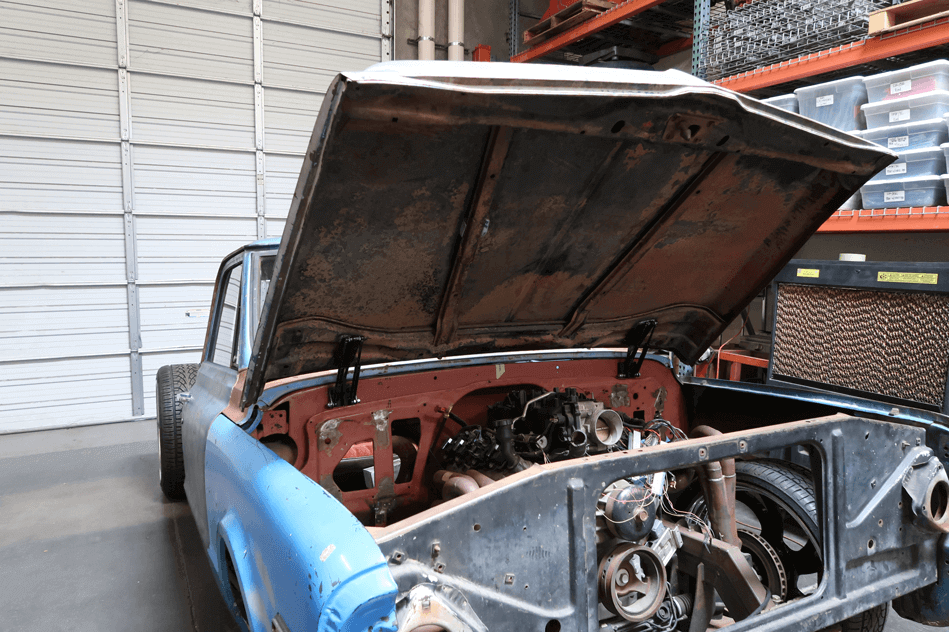
And there you have it, the completed kit. It keeps the hood open, and it eliminates the stock hood hinge problem, and it only took was a few hours to complete.
Share Link